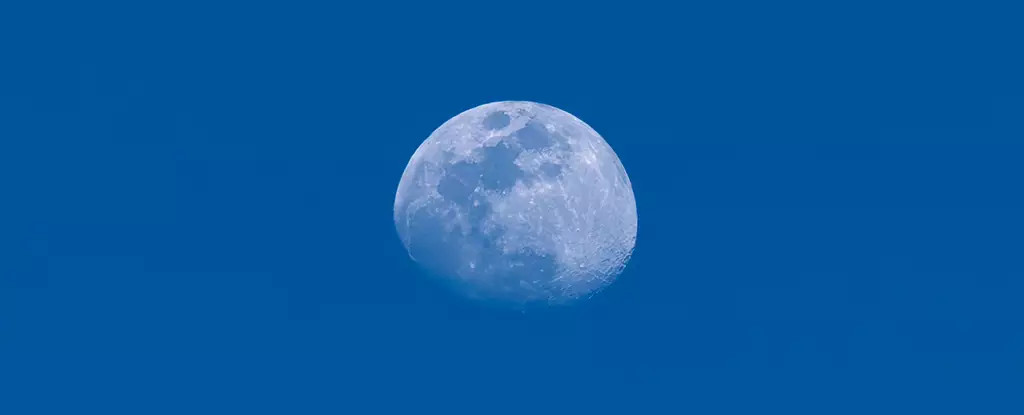In the realm of space science, the interaction between Earth and its celestial neighbors has always piqued the curiosity of researchers. Among the myriad of studies exploring this dynamic, recent investigations have sought to understand the potential impact of human activity on lunar temperatures—specifically during the global lockdowns prompted by the COVID-19 pandemic. A 2024 study questioned the connections established in earlier research, leading to a significant reevaluation of what influences lunar temperatures.
Last year, a hypothesis emerged that tied the reduction of human activity—exemplified through worldwide lockdowns in 2020—to a marked decrease in heat radiation reaching the Moon. The rationale was straightforward yet compelling; as industries and businesses slowed down, carbon emissions fell steeply. This drop ostensibly led to decreased terrestrial radiation, the heat emitted by our planet, which the Moon absorbs due to its lack of an atmosphere. Early observations suggested a reduction in lunar nighttime temperatures during the height of these lockdowns, leading to a belief in a direct causative relationship between human behavior and lunar thermal conditions.
However, the intricacies of celestial dynamics are often more complex than they seem at first glance. While the initial hypothesis provided a captivating narrative, it warranted a deeper examination to ascertain its validity.
The fresh perspective put forth by scientists from the Missouri University of Science and Technology and the University of West Indies has underscored the need for critical analysis in the face of popularly accepted theories. The leading researcher, civil engineer William Schonberg, suggests that while temperatures on the Moon indeed fluctuated during the pandemic, the correlation with human activity lacks robust evidence. Their scrutiny identified data inconsistencies, highlighting that similar patterns in lunar temperature changes predated the pandemic—specifically a dip observed in 2018.
Moreover, comprehensive data from NASA’s Lunar Reconnaissance Orbiter indicated that the lunar temperature variations appeared to follow cyclical trends rather than being a distinct response to human inactivity. This revelation raises significant questions regarding the simplified narrative that isolated human activity as the primary driver of lunar temperature fluctuations.
The researchers further posited an intriguing counterargument that fewer airborne pollutants during lockdowns might have actually led to an increase in lunar temperatures rather than a decrease. A clearer atmosphere results in more heat radiation being reflected from Earth towards the Moon, suggesting that even amid reduced emissions, the lunar environment could have experienced a slight warming effect.
Such insights compel us to reconsider how human actions might influence not just our immediate environment but also the thermal characteristics of our natural satellite. The multiplicity of factors at play, including solar radiation, geological conditions on the lunar surface, and cosmic variables, complicates the narrative that human impact alone can significantly shift lunar temperatures.
While the connection between terrestrial activity and lunar temperatures provides a fascinating lens through which to examine our relationship with the cosmos, the evidence does not support a straightforward correlation. The more recent analyses underscore that any potential influence of human behavior on the Moon is negligible, particularly given the vast distance separating our planet from its satellite.
The exploration of lunar temperature dynamics serves not only to refine our scientific understanding but also to remind us of the complexity inherent in planetary systems. As researchers continue to delve into these interactions, we are left with the imperative to approach such studies with a discerning eye, separating speculative narratives from evidence-based conclusions. The cosmos is intricately woven, and our role within its vast tapestry often remains far more limited than we might presume.


Leave a Reply